Use this Baking Pan Conversion Chart so you can easily substitute different baking pan sizes. This guide contains helpful information on how much different pans hold and which pans are equivalent sizes.
You’ll find this printable conversion chart will come in so handy for your baking needs! I’ve also included some of my favorite dishes to bake in each one.

It’s baking season! Honestly, every season is baking season in our home… but I love an excuse to cozy up our kitchen with delicious Christmas cookies and more!
Pan Sizing Guide
As much as we love cookies, we also do a lot of quick breads, muffins, brownies and cakes around here. (We love them all, we really do!) Sometimes, we’ll decide to cut a recipe in half, or try smaller batches so we don’t waste ingredients.
Recipes typically state the size of pan to use for your dish turn out perfectly. But you may need or want to use a different type of pan, depending on what you have in your line-up of baking pan sizes.
Whether you’re modifying the size of the recipe or just want to use a different sized or shaped pan, use my Baking Pan Conversion Chart to make sure everything will fit inside the pan!
It comes in so handy – just attach it to the inside of your baking cabinet or pantry and you’ll be good to go.
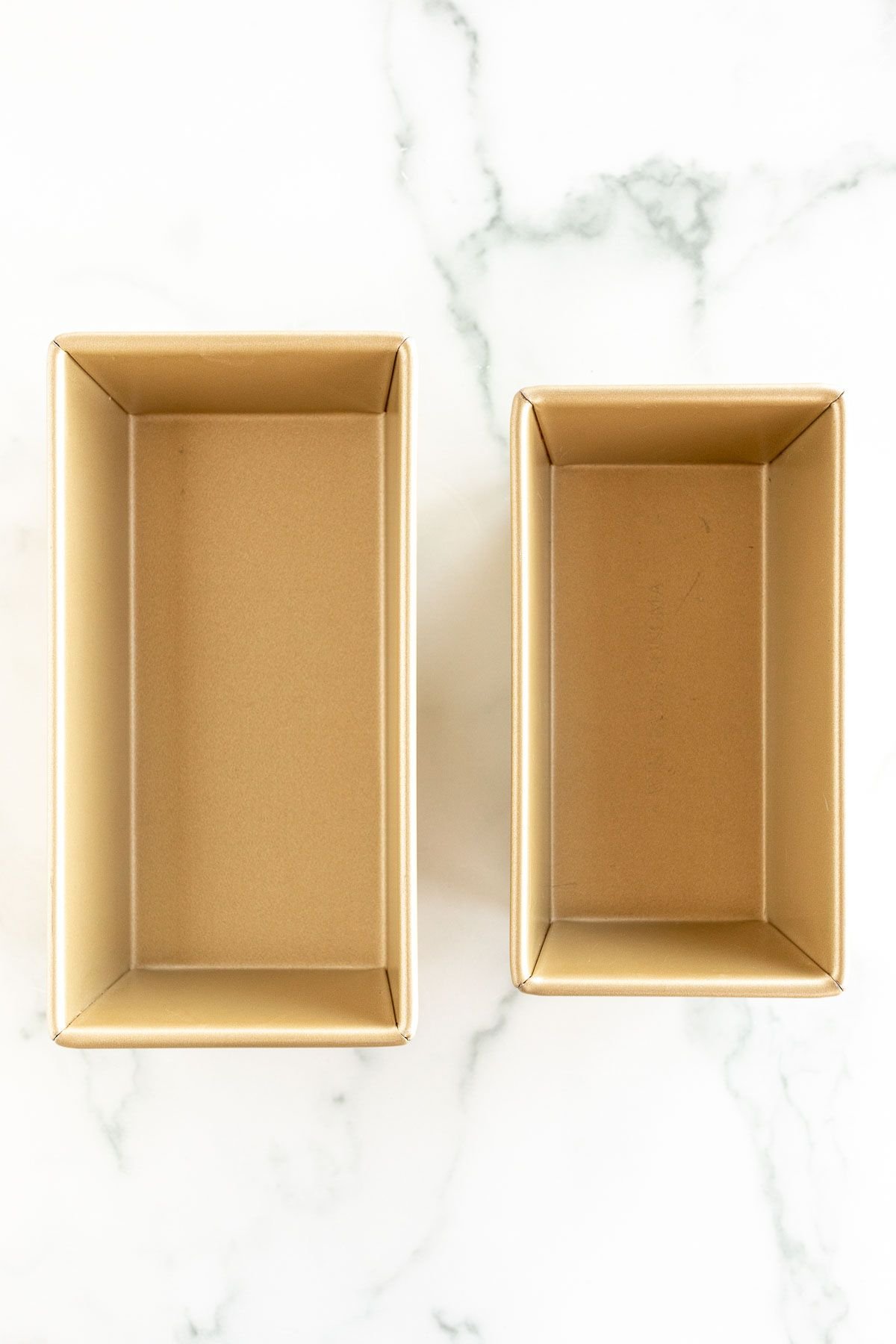
Standard Baking Pans
Your kitchen probably has some standard sized pans. These are the sizes I regularly use and why they are so useful.
I’ve listed the volume each pan will hold, but keep in mind that you won’t fill a pan up to the top. You’ll usually fill the pan ½ to ¾ full to allow your baked goods to rise without spilling over.
Baking Pan Sizes, Dimensions and Total Volume
- Rectangular Pan, 9″x13″ (14 cups) or 11″x17″ (10 cups) – These are perfect for cakes and casseroles. I love to be able to bake and frost this Pumpkin Cake all in the pan. These pans are a great size for when I am baking for guests.
- Square Pan, 8″x8″ (8 cups) or 9″x9″ (10 cups) – I love these pans for smaller desserts. They also work when I want to make a brownie or Gooey Butter Cake extra thick.
- Round Pan, 8″ (6 cups) or 9″ (8 cups) – Perfectly sized for layered cakes, round pans create a beautifully shaped cake made to be stacked, like this Mandarin Orange Cake.
- Muffin Tin, 12 cup (4 cups, ⅓ cup each) – We like to use our standard sized muffin tins for cupcakes and muffins, like this Apple Cobbler Muffin.
- Pie Pan, 9″ or 10″ – If you make pies, then these are a must. With the graduated sides, they are perfect for baked pies (try Pecan Pie) or unbaked pies (Best French Silk Pie).
- Loaf Pan, 9″x5″ (8 cups) – Loaf pans are used all the time in my home because they are perfect for sweet breads. A loaf of beautiful and delicious bread is always on my buffet table – there are several sizes that will be helpful in your baking. Don’t miss my complete guide to Loaf Pan Sizes.
- Baking Sheet or Jelly Roll Pan, 13″x17″ (12 cups) or 10″x15″ (10 cups) – These are my go-to pans for baking cookies like Carmelita Cookies and Easy Sugar Cookies because the pans are large enough to space the cookie dough out on the pan. The smaller jelly roll pan is perfect for Ultimate Peanut Butter Cake.
- Bundt Pan, 10″ (12 cups) – Maybe not everyone keeps one of these in their kitchen, but I think it makes a cake look really special, like this Brown Sugar Bundt Cake.

How to Use a Baking Pan Conversion Chart
It is always best practice to follow recipes, including the size of baking pan recommended. The cook times and oven temperature has been selected for the volume of ingredients in your pan.
However, if you’re looking to substitute pans, try to use a pan(s) that can hold the same volume of ingredients. For example, a loaf pan, 9″ round pan and 8″ square all hold 8 cups.
You can be confident using the same amount of batter/ingredients in those pans to avoid overflowing. Keep in mind, though, that bake time would need to be adjusted because a loaf pan is more compact and requires more bake time than a round pan or square pan.
What if you wanted to cut a recipe in half that called for a 9″x13″ pan? Half of the volume is 7 cups, so you’d probably want to choose the 9″ square which can hold up to 8 cups.
Another trick you can use to figure out how to adjust cook time is to find a recipe that uses the pan you want to use. And then start with that cook time, but watch your dish closely.
Know the signs of doneness for the dish that you are cooking. Be prepared to remove your baking when you see it is done, whether the time has been longer or shorter than anticipated.
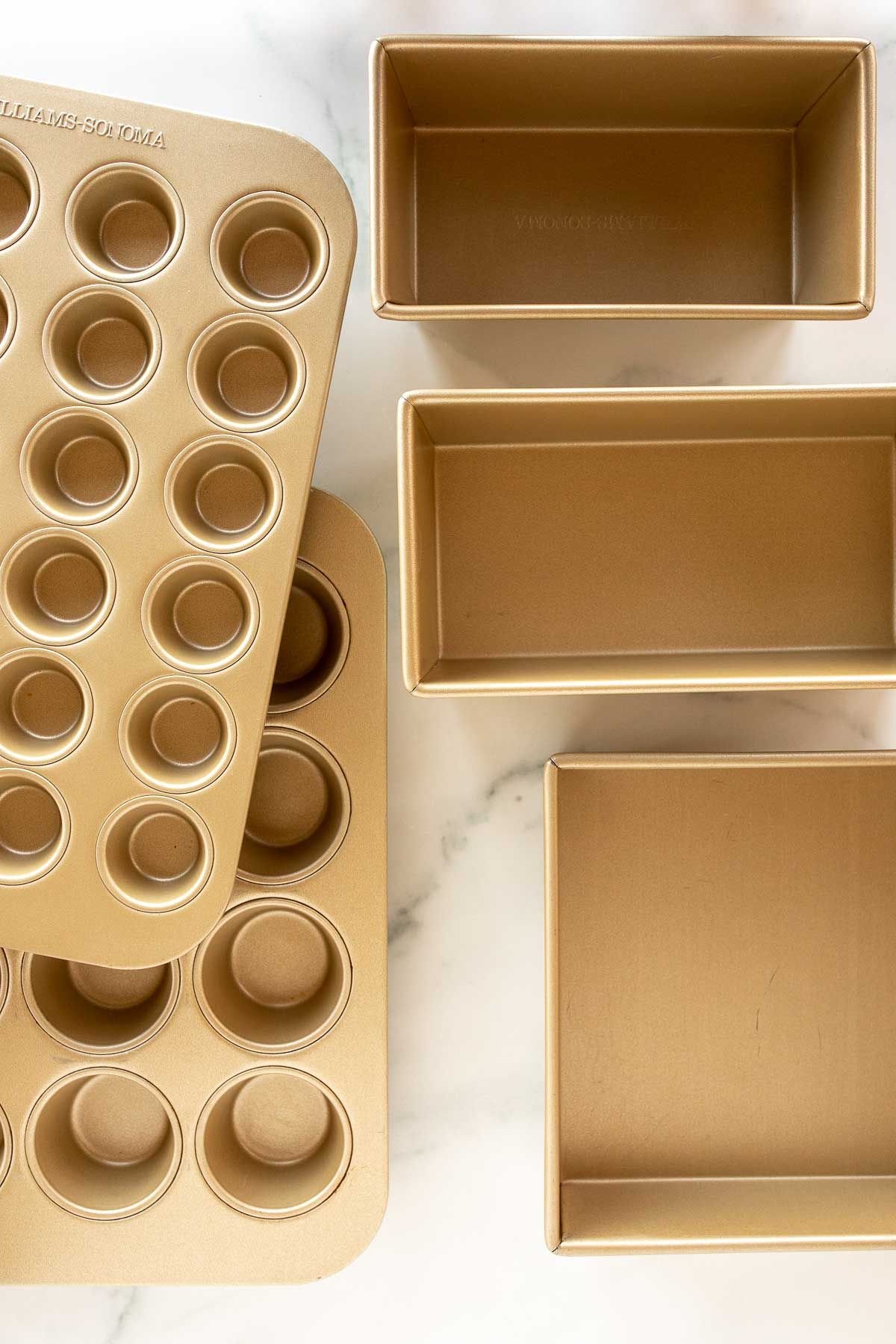
Remember, a batter for cakes will never fill up the entire pan. So even though the volume of the pans is listed, you will only put in half or up to ¾ of that amount.

Conversion Chart
Keep this baking pan conversion chart on hand for easy baking – simply download and print at your convenience!
Frequently Asked Questions
You should be able to get 24 regular sized cupcakes from a 9×13 cake recipe. Make sure to reduce the bake time. Depending on the denseness of your batter, they could be ready to come out of a 350°F oven in around 15 minutes.
If the pan you are using is smaller than the original pan so your batter is thicker, then you can reduce the temperature by a few degrees and increase the bake time a few minutes. This will help the inside to get cooked without the outside getting overdone.
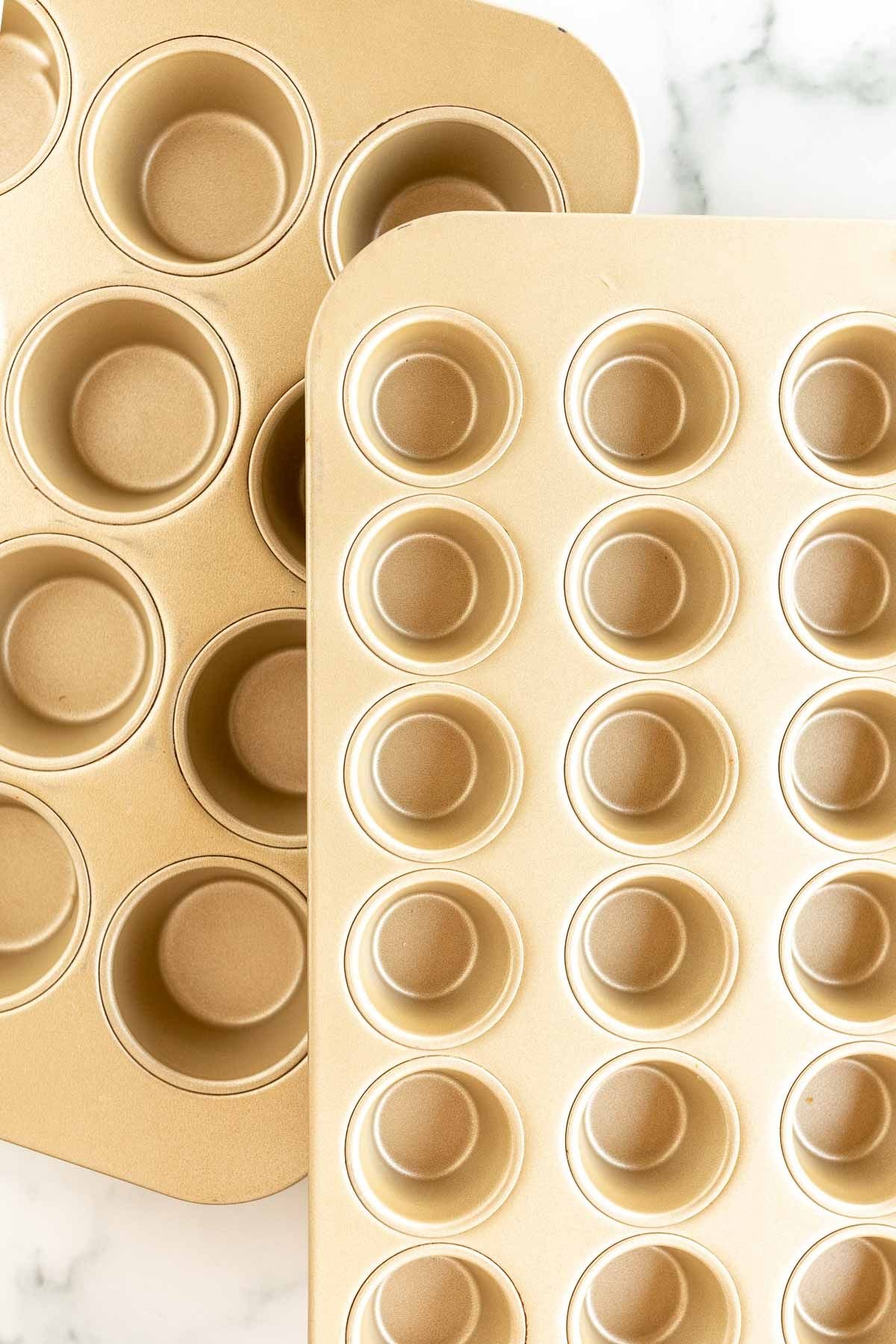
Bakeware
Looking for new baking pans? I can’t recommend our pans (as shown throughout this post) enough! They bake evenly, clean up so well, and add warm, elegant beauty to our kitchen and our baking!
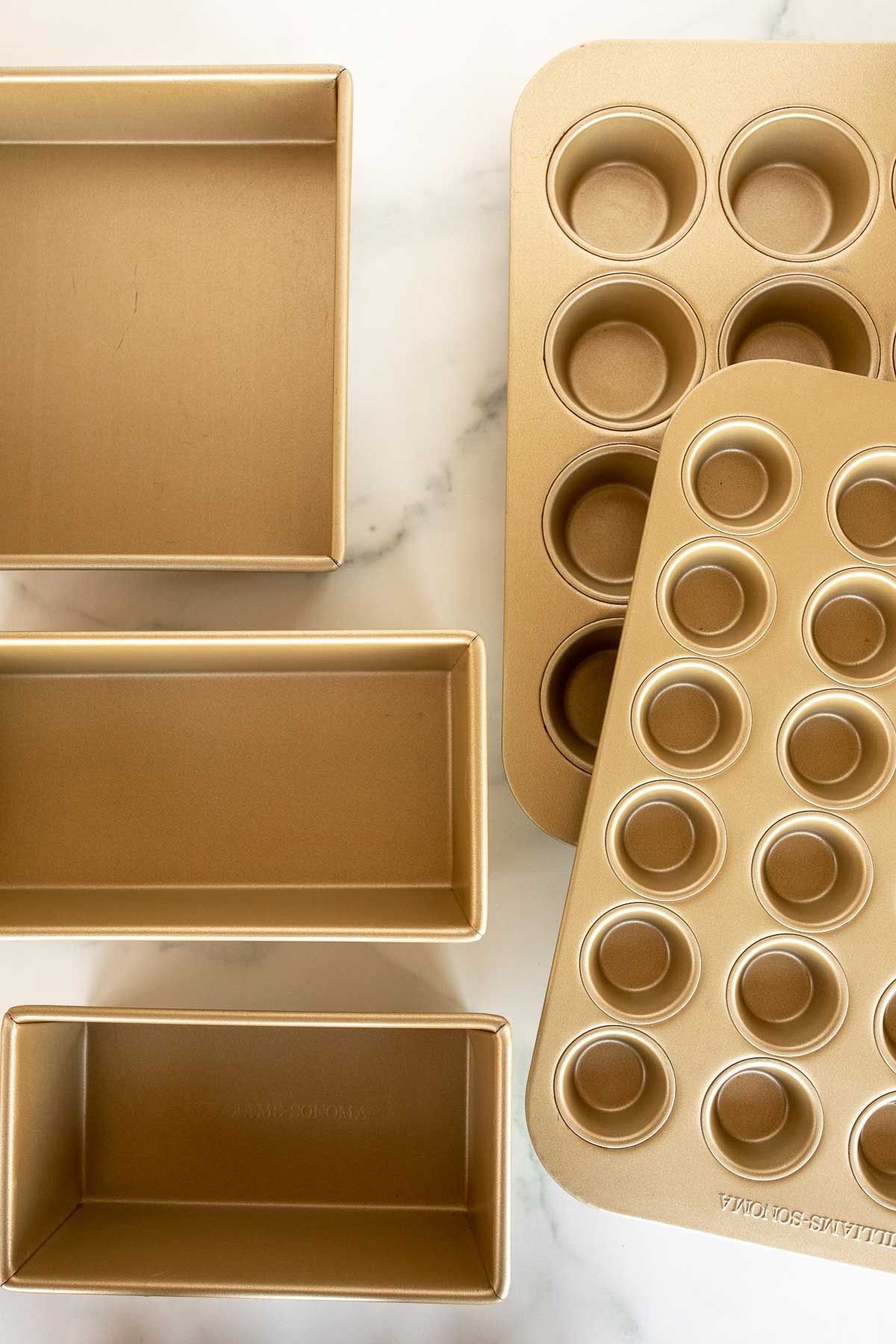
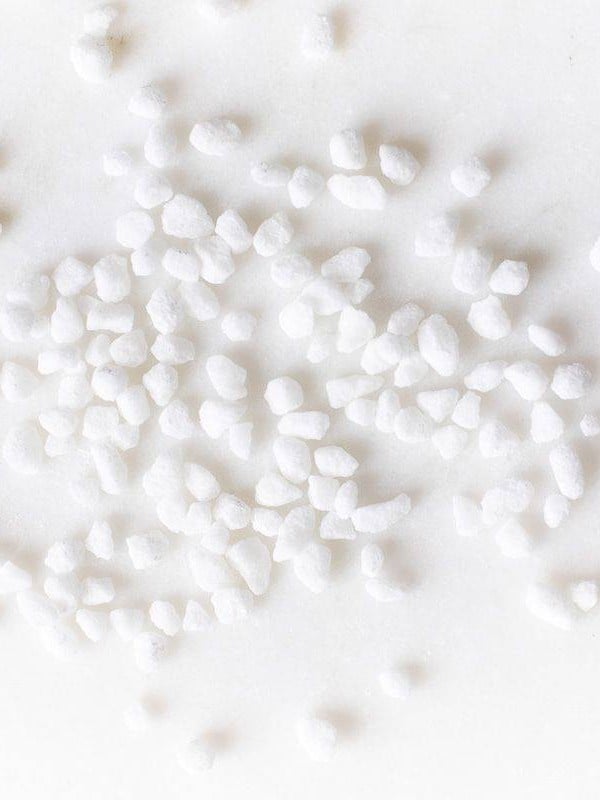

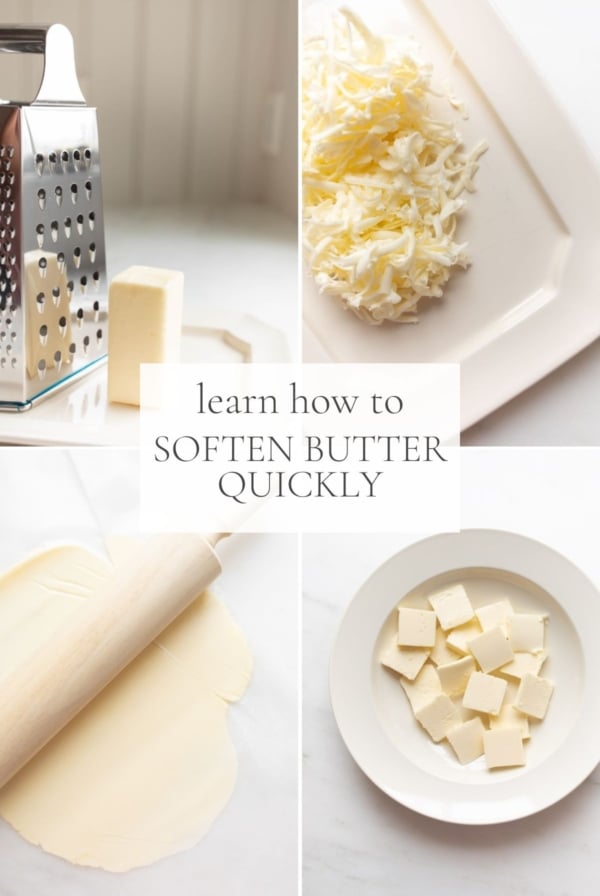
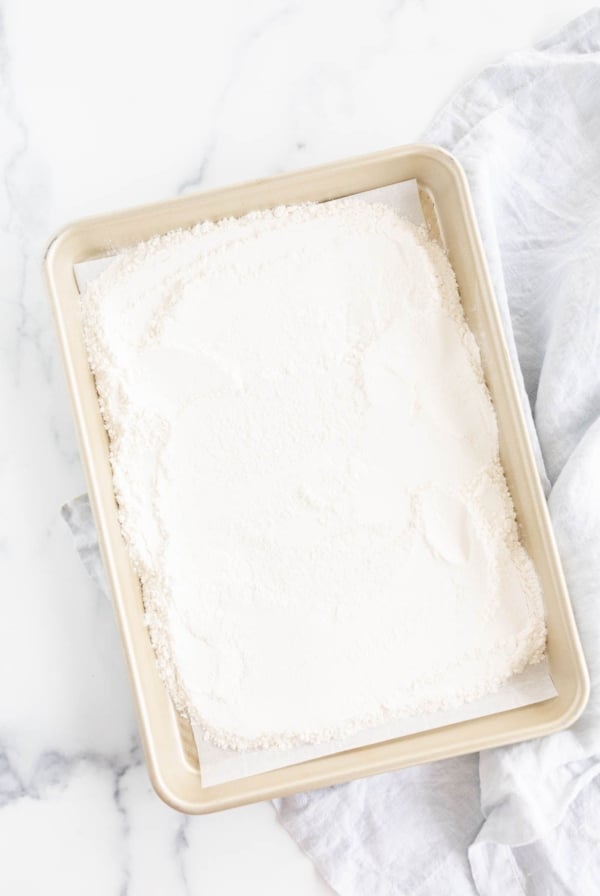
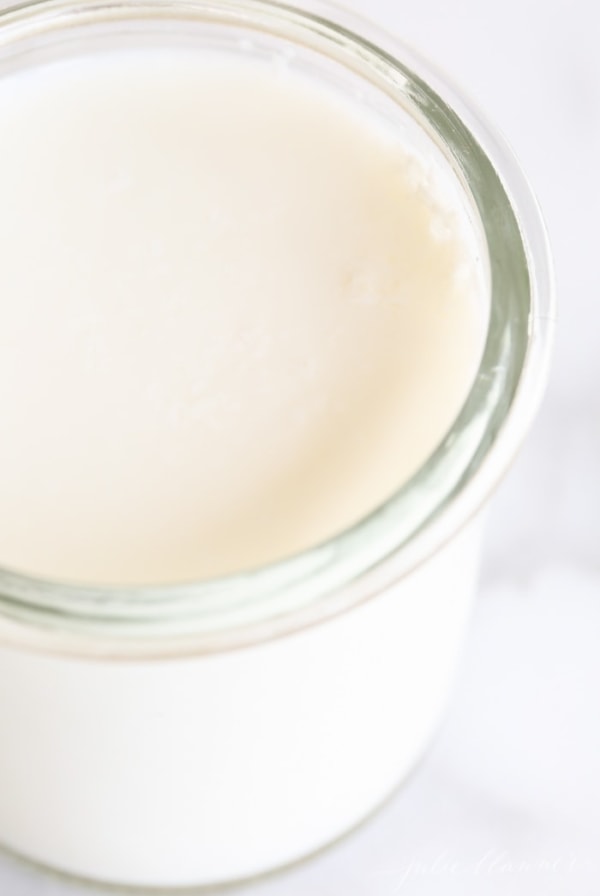
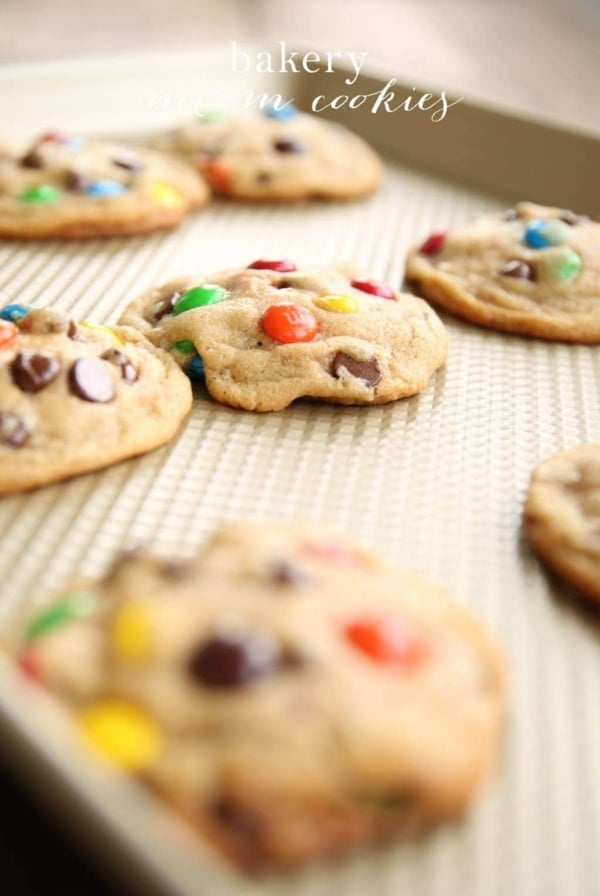
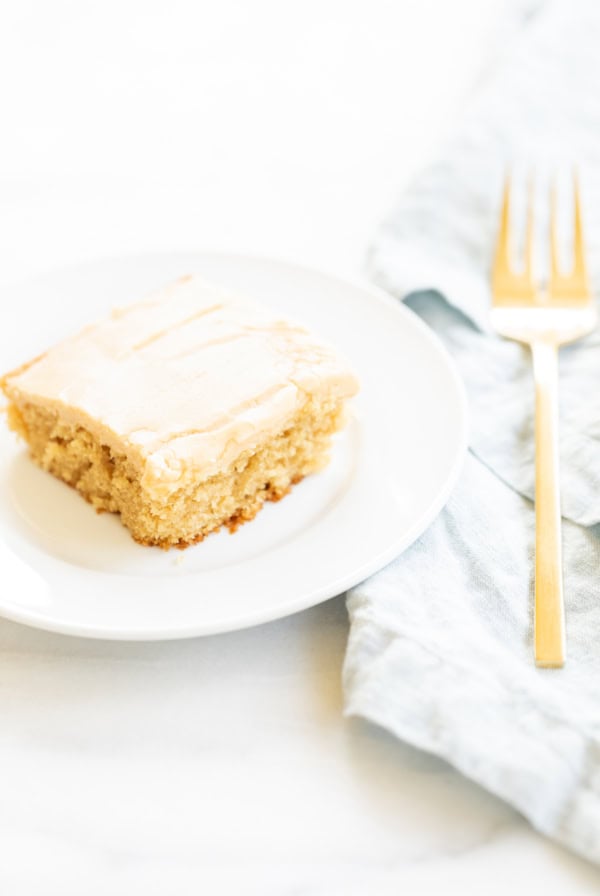






You go to such detail about pans and variety of sizes, but the baking time varies and I have not seen anything here that gives you your time variance.
baking banana bread in loaf pans (5.75″ x 3″). Recipe calls for 9 x 5 or 8.5 x 4.5 to bake 55 to 65 mins. Not sure how long to bake. Any suggestions?